Winter is a wild time along the San Diego coast. How to spot whales, octopuses and more
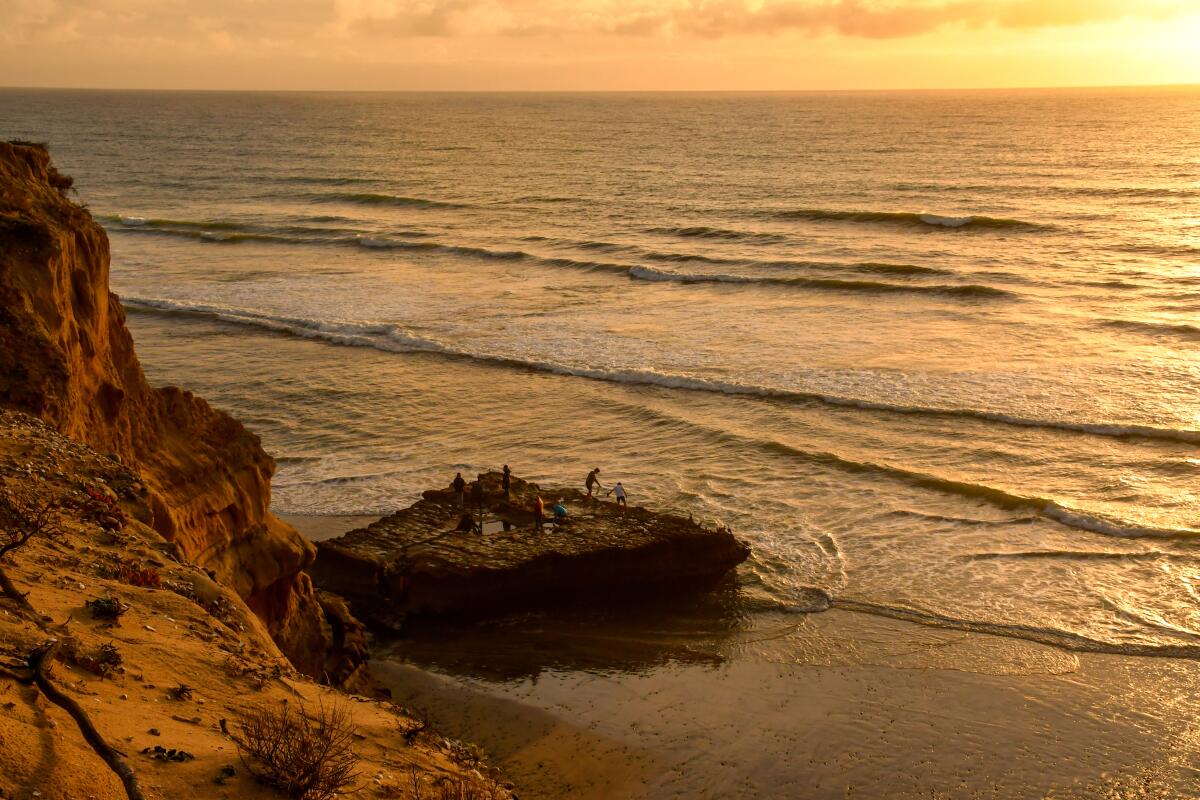
- Share via
By Rachel Schnalzer
Design and illustrations by Jade Cuevas
Good morning, fellow Escapists. There’s something special about the beach in the winter — something restorative about bundling up in a heavy jacket to take in the waves and the often-showy January sunsets.
Nature seems to agree: Winter is a prime time to visit tide pools and spot migrating gray whales off Southern California. In this edition of Escapes, you’ll find several ways to get up close and personal with the Pacific during the chilliest months of the year in San Diego.
What are your go-to spots in San Diego? Any unique or little-known gems you’d like to share? As always, my inbox is open for recommendations. Send me an email anytime.
As the Omicron variant of the coronavirus continues to spread in Southern California and beyond, exercise caution (and wear a mask) if you choose to travel. Here are some tips for staying safe from my Times colleagues.
Get inspired to get away.
Explore California, the West and beyond with the weekly Escapes newsletter.
You may occasionally receive promotional content from the Los Angeles Times.
Spot sea stars, crabs and more at Cabrillo National Monument
The tide pools at Cabrillo — considered one of the state’s best-protected rocky intertidal areas — are a haven for animals, algae, sea grass and more. When the tide pulls away from the coast, seawater and marine animals get left behind in the tide pools, where they can easily be seen by park visitors.
What kind of animals might you spy? Barnacles, crabs, mussels and anemones, to name a few. The low zone of the pools — which visitors are able to see only during the lowest tides — is home to sea stars, fish, spiny lobsters and even octopuses.
With the opportunity to glimpse some of these seaside stunners comes the responsibility to help protect the marine life native to Cabrillo.
Visitors are strictly prohibited from collecting any natural items, including living or dead animals, shells and rocks, and absolutely no organisms attached to a surface should be removed — force can harm animals such as urchins and sea stars. The Marine Mammal Protection Act also forbids approaching or engaging with any marine mammals.
Fall and winter are the perfect time to visit, when park hours best overlap with low tide. Generally, it’s best to visit the tide pools within a four-hour window — two hours before low tide and two hours after. The park’s tide pool area closes at 4:30 p.m. each day. If possible, I’d suggest staying late into the afternoon. The sight of the tide pools at golden hour is spectacular.
Entrance for those arriving on foot or on bicycle costs $10. If you’ll be driving to the tide pools, expect to pay $20 for your vehicle (this price covers the entry fee for all passengers).
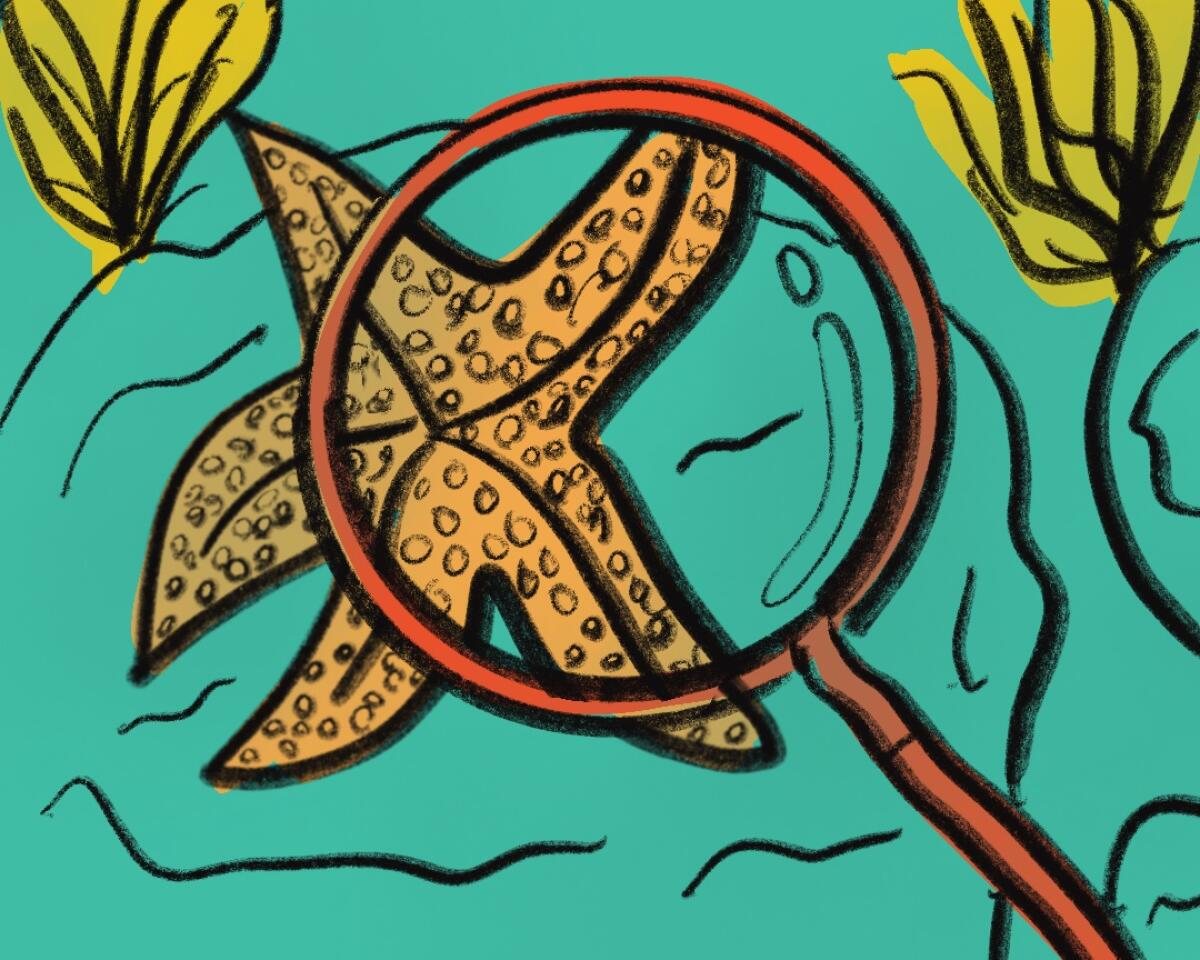
Kayak by the La Jolla Sea Caves
Little Sister. Shopping Cart. Sea Surprize.
If you have no idea what I’m talking about, you probably haven’t visited this network of seven sun-dappled caves along the San Diego County coast.
Almost all of the caves are inaccessible by land, but you may be able to visit them on a kayak tour of the San Diego-La Jolla Underwater Park.
Outlets such as La Jolla Kayak and La Jolla Sea Cave Kayaks offer guided tours, where kayakers have the chance to see pelicans, sea lions and many other types of marine animals while learning about the ecological reserve.
Entrance to the sea caves is not guaranteed and depends on safety conditions. Rentals start around $44, though pricing varies based on date.
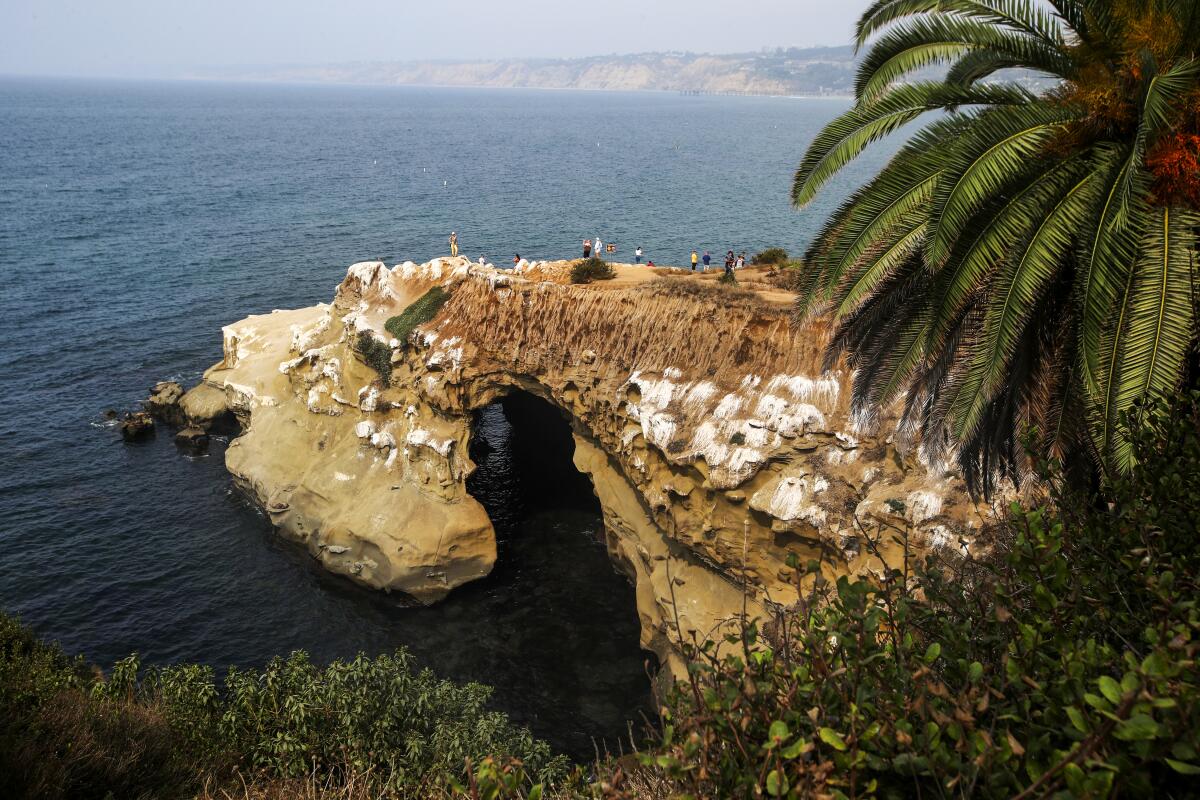
Learn from oceanographers at the Birch Aquarium at Scripps
For those who would prefer to keep their feet firmly on land, the Birch Aquarium — part of the Scripps Institution of Oceanography at UC San Diego — offers an excellent alternative to time spent on the water.
Visitors to the aquarium have the chance to learn about discoveries made by Scripps Oceanography scientists while getting an up-close look at different marine habitats and the animals that call them home. The two-story giant kelp forest mirrors many of the kelp forests divers encounter in the waters off San Diego: In this exhibit, visitors can spot leopard sharks, moray eels and more.
Sea dragons and sea horses are the stars of the aquarium’s new permanent exhibition. The aquarium’s experts have successfully bred weedy sea dragons as part of this initiative, a feat achieved by only a few aquariums around the globe.
Coming soon in summer 2022: an exhibition dedicated to little blue penguins and their conservation.
Reservations must be purchased in advance online. Tickets cost $24.95 for adults, $22.95 for seniors and $19.95 for children ages 3 to 17.
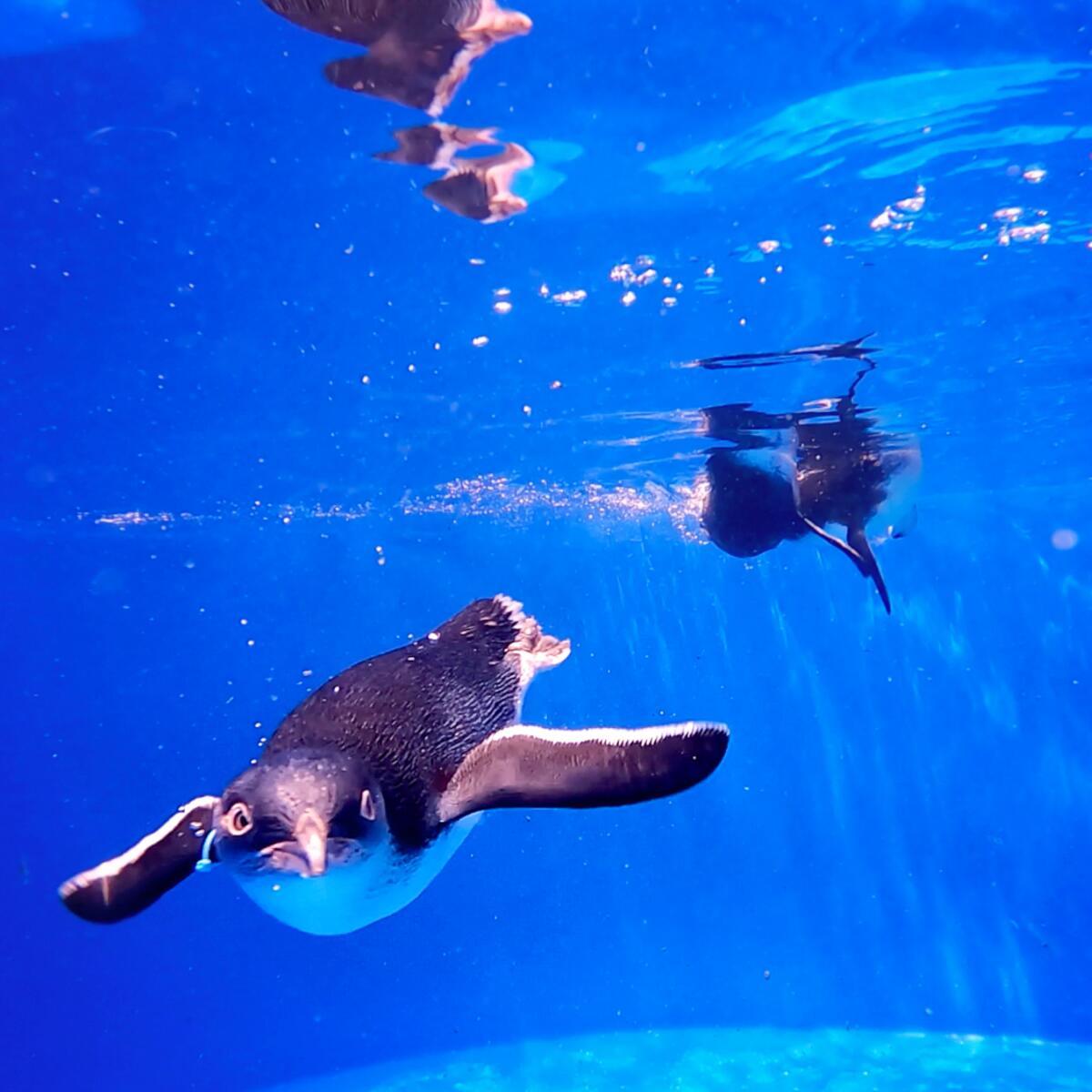
Enjoying this newsletter? Consider subscribing to the Los Angeles Times
Your support helps us deliver the news that matters most. Become a subscriber.
Glimpse migrating whales
Scores of gray whales journey from Alaska to Baja California each year, making one of the longest annual migrations of any mammal. Many pass by San Diego’s 70 miles of coastline, making the city’s cliffs, beaches and bluffs ideal for whale watching from December through April.
According to San Diego tourism officials, prime whale-watching spots include:
- The Birch Aquarium at Scripps
- Cabrillo National Monument
- Torrey Pines State Reserve
Those hoping to dive even deeper into gray whale migration might consider driving 65 miles from San Diego to Dana Point, which in 2021 was named the first Whale Heritage Site in the U.S.
Another reason to stop by Dana Point on your way to or from San Diego? A bronze statue of surf icon Joyce Hoffman will be added to Waterman’s Plaza on Jan. 27. Starting in late January, you’ll be able to spot Hoffman — and hopefully some whales — in the coastal city.
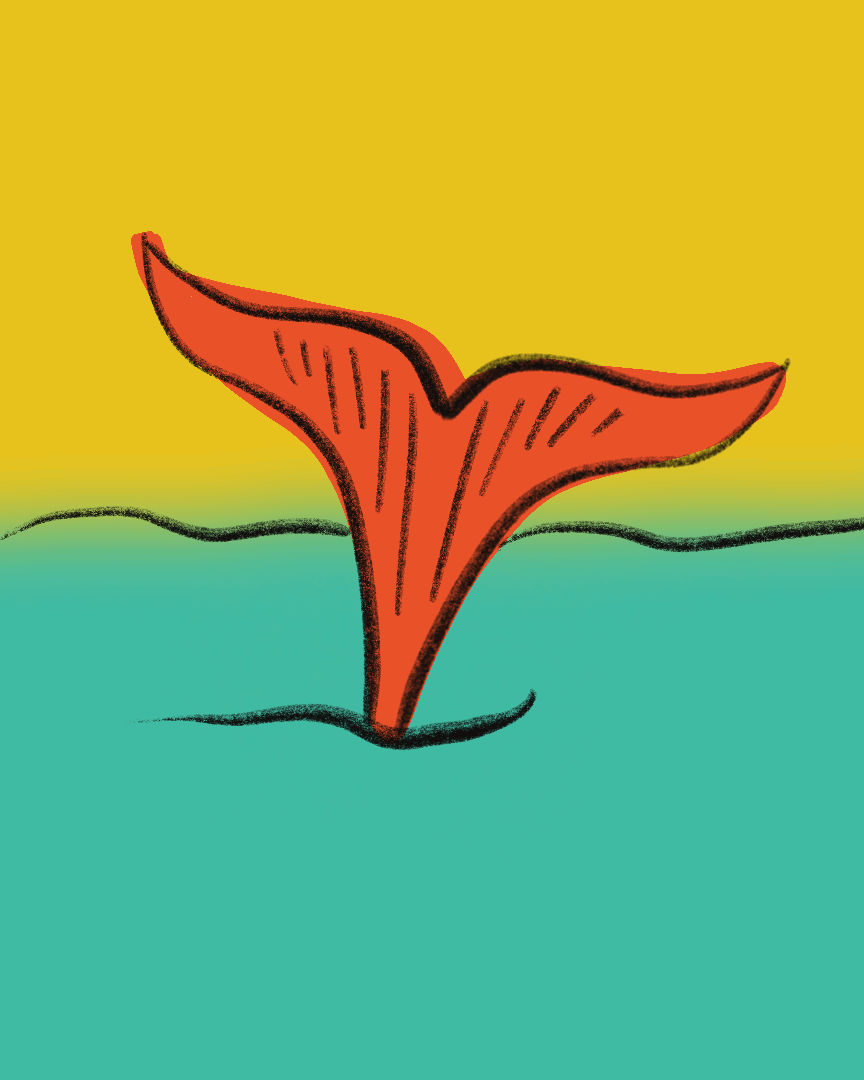
📰 What I’m reading
- “City-bathing” is the urbanite’s answer to “forest-bathing,” writes Times travel writer Christopher Reynolds. He offers 10 highly specific places to people-watch while social distancing in L.A.
- Hoping to hit the trail this weekend? Mary Forgione, who writes The Wild newsletter, has recommendations for the five best winter hikes you can do right now.
- Getting stuck in an airport overnight is never ideal. Rachel Ng suggests tips and products that may make your stay in the terminal “a whole lot more bearable,” at Outside Online.
- “Hawaii’s famed Waikiki Beach could disappear by the end of the century. It’s not the only one,” reports Christine Hitt in SFGate.
- “Petroglyph vandalism is not a victimless crime,” writes Jessica Douglas for High Country News. She spoke with Indigenous archeologists, who say more protective measures and education are needed to prevent future vandalism.
- There are lots of museums opening in 2022. Dobrina Zhekova breaks down nine new museums debuting this year around the world in Travel and Leisure.
- Sixty-four miles southeast of Palm Springs lies “Southern California’s hidden arts scene.” Anna Mazurek provides a look at what life is like at Bombay Beach in the Washington Post

📸 Photo of the week

🎸 Road song
Song: “You and Me on the Rock,” by Brandi Carlile
Favorite lyrics: “It’s a big sea, but it can’t touch you and me. It’s just a water view. And what a view”
Where to listen: Driving along Sunset Cliffs Boulevard in San Diego
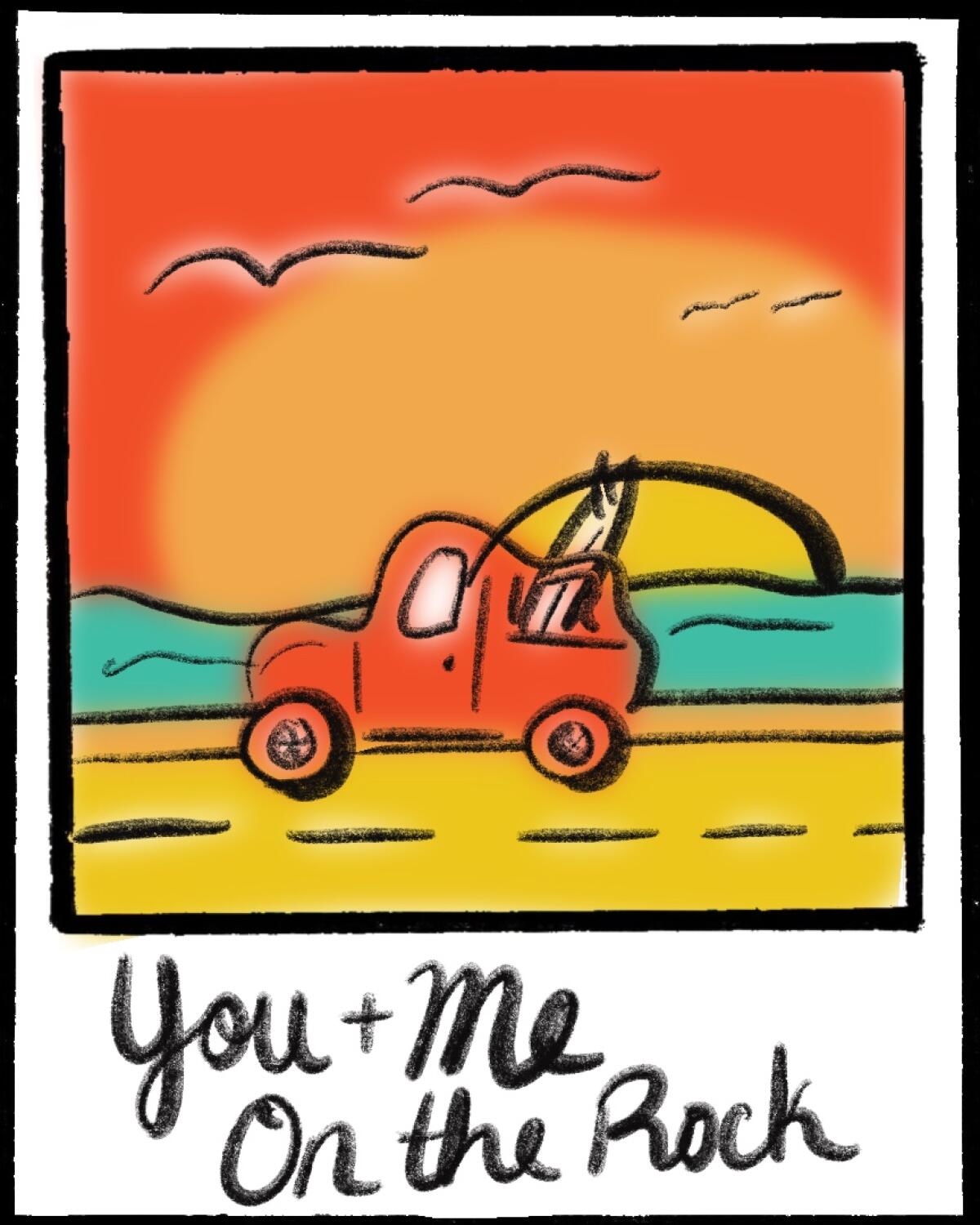
Sign up for The Wild
We’ll help you find the best places to hike, bike and run, as well as the perfect silent spots for meditation and yoga.
You may occasionally receive promotional content from the Los Angeles Times.




